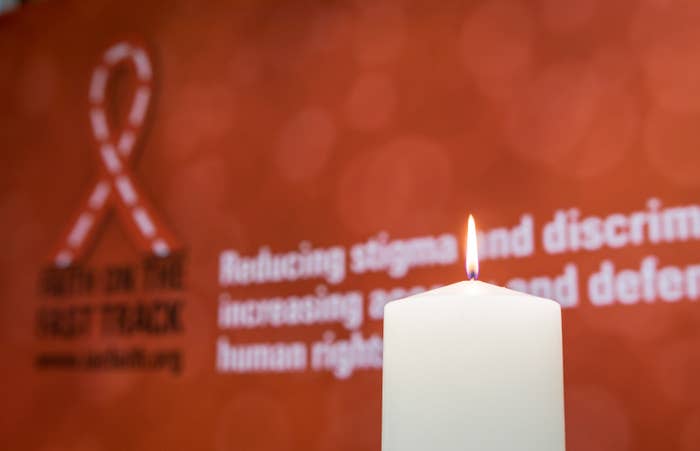Less than half the people living with HIV in Asia-Pacific have access to life-saving antiretroviral medicine, UNAIDS figures released today show.

The research, released on World AIDS Day, shows around 2.4 million of the 5.1 million people living with HIV in Asia and the Pacific don't have access to the medicine.
Around 170,000 people died in 2016 due to AIDS-related illness while there were an estimated 270,000 new HIV infections last year in the region — and 15,000 of them were children.
These figures, however, point to progress — between 2010 and 2016, new HIV infections in the Asia-Pacific declined by 13% and the number of AIDS-related deaths decreased 30%.
“As a global community, we are making profound progress against HIV,” Australian Federation of AIDS Organisations president Dr Bridget Haire said.
“However, epidemics are dynamic. If you don’t maintain momentum, they quickly regain ascendancy."
Haire said this required a dedicated focus on improved access to health care for sex workers, people who inject drugs, and men who have sex with men.
"These communities must deal with the twin threat of being more exposed to HIV and more likely to face stigma and discrimination within health systems," she said.
“Health care is a universal right, regardless of gender, sexual orientation, ethnicity, or level of education.”
This map shows the prevalence of HIV infections in different vulnerable populations.
